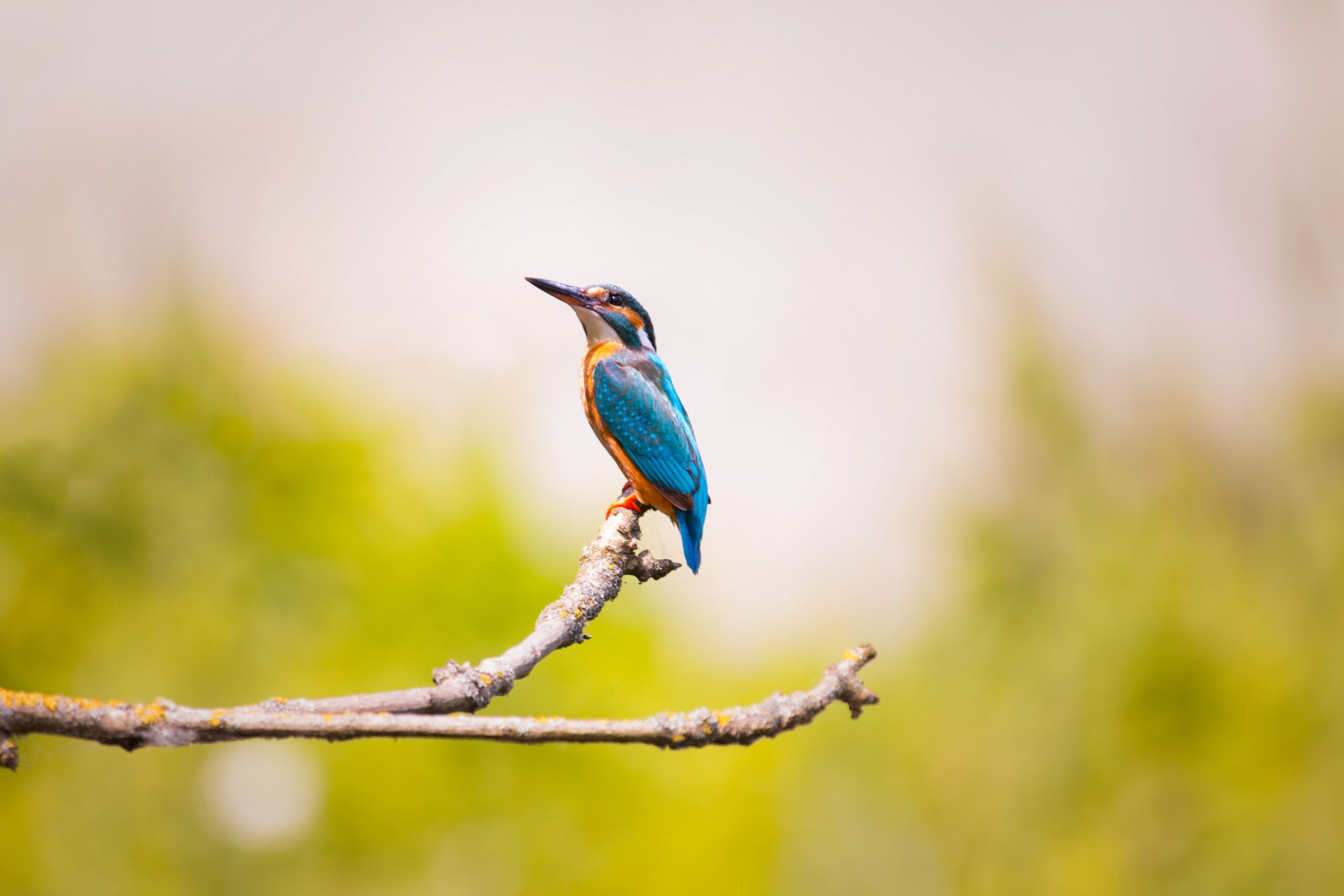Wildlife photography is a captivating and challenging genre of photography that focuses on capturing the beauty and behavior of animals in their natural habitats. It requires a unique blend of technical skill, patience, and a deep understanding of the natural world. This art form not only documents the diversity of species on Earth but also raises awareness about conservation efforts and the need to protect these precious creatures and their habitats.
Successful wildlife photography demands more than just a good camera and lens; it necessitates a strong connection with the subject matter. Photographers must spend time observing and studying animal behavior to anticipate their movements and capture candid moments. Patience is key, as wildlife is unpredictable, and photographers may have to wait for hours or even days to get the perfect shot.
Technical expertise is essential in wildlife photography due to the challenging conditions often encountered in nature. Photographers must be proficient in settings like aperture, shutter speed, and ISO to adapt to varying light conditions and movement speeds. Fast-moving subjects like birds in flight or running mammals require quick adjustments to capture them in sharp focus. Additionally, long lenses are typically used to maintain a safe distance from animals and avoid disturbing them.
Choosing the right equipment is crucial for wildlife photography. A camera with a high burst rate allows for capturing a series of shots in rapid succession, increasing the likelihood of capturing a moment of action. Telephoto lenses, with focal lengths of 300mm or more, are common choices for wildlife photographers as they enable close-up shots from a distance. Tripods and monopods help stabilize the camera and lens, especially when using heavy telephoto equipment.
Composition plays a vital role in wildlife photography as well. The rule of thirds, leading lines, and framing techniques are used to create visually appealing images. Balancing the subject with its surroundings gives a sense of the animal’s environment and behavior. Backgrounds should be carefully considered to avoid distractions and emphasize the subject’s natural habitat.
Ethics and respect for wildlife are fundamental principles in this genre. Photographers must prioritize the welfare of animals and their habitats. They should avoid disrupting natural behaviors, staying at a safe distance, and using long lenses to avoid stress or danger to the animals. Additionally, adhering to local regulations and guidelines is essential to ensure minimal impact on the ecosystem.
Post-processing is another critical aspect of wildlife photography. Editing software can be used to enhance colors, adjust exposure, and refine details. However, it’s crucial to maintain the integrity of the image and avoid overly dramatic alterations that could misrepresent the scene.
Wildlife photography has a significant impact beyond its aesthetic appeal. It has the power to raise awareness about endangered species, environmental issues, and conservation efforts. Captivating images of rare or threatened animals can evoke emotions and inspire people to take action in preserving biodiversity. Many wildlife photographers collaborate with conservation organizations to support and document their initiatives.
In conclusion, wildlife photography is a dynamic and rewarding field that requires a blend of technical skill, patience, and a profound appreciation for the natural world. It allows us to witness the beauty and diversity of Earth’s creatures and educates us about the urgent need for their protection. Through ethical practices and captivating images, wildlife photographers contribute to conservation efforts and inspire positive change for the planet’s fragile ecosystems.

